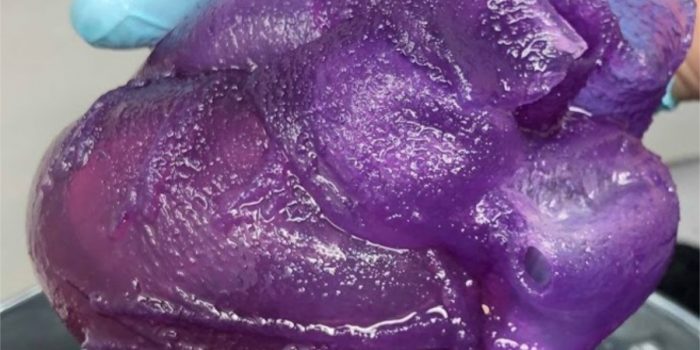3D printing technology has been making advancements in recent years, ranging from as big as 3D printed luxury houses to as complex as a 3D printed life-size heart.
Practicing an open heart surgery on a heart model that is closest to the real one is no more a dream, and this could aid a lot for the cardiologists who still undergoing their training. The recent model printed with 3D technology will help produce the best heart surgeons in the years to come.
Previously, it was possible to perform heart surgery on a physical replica of a real-sized heart made out of 3D printing. However, those models lacked the texture of a real human heart and were made of rubber or hard plastic. But this one in question has the exact texture of a real human heart. And practicing on it would leave zero margins for error while performing surgery on a real one.
The new 3D printing being called ‘FreeForm Reversible Embedding Suspended Hydrogels’ (FRESH) has changed the previous practicing techniques with the new real ones.
The new technique is developed at the Lab of Professor Adam Feinberg from Carnegie Mellon University, and it uses ‘Bioink’ made out of alginate, which basically is a natural polymer. The bioink extrusion is done with a moving needle in a hydrogel bath, and it holds the soft polymer in one place during the printing. After that, using heat, they melt the excessive hydrogel, which leaves behind the object’s desired form.
Previously, this technology has been used to develop miniature models of various organs, and it’s a maiden for printing the real sized organ. However, a new 3D printer that could accommodate a bigger hydrogel bath was required to complete this life-sized model.
The final 3D-printed product is claimed to copy a real human heart’s exact elasticity and be sutured and cut similarly.
Feinberg said that new technology could print a heart that serves for visual planning and allows for physical practice. The surgeon practicing on it could manipulate it and can have an actual response like real tissue. This will help them have additional real practice, leaving fewer chances for a surgeon’s error.
The detailed process is described in a recently published paper in ACS Biomaterials Science and Engineering journal.


